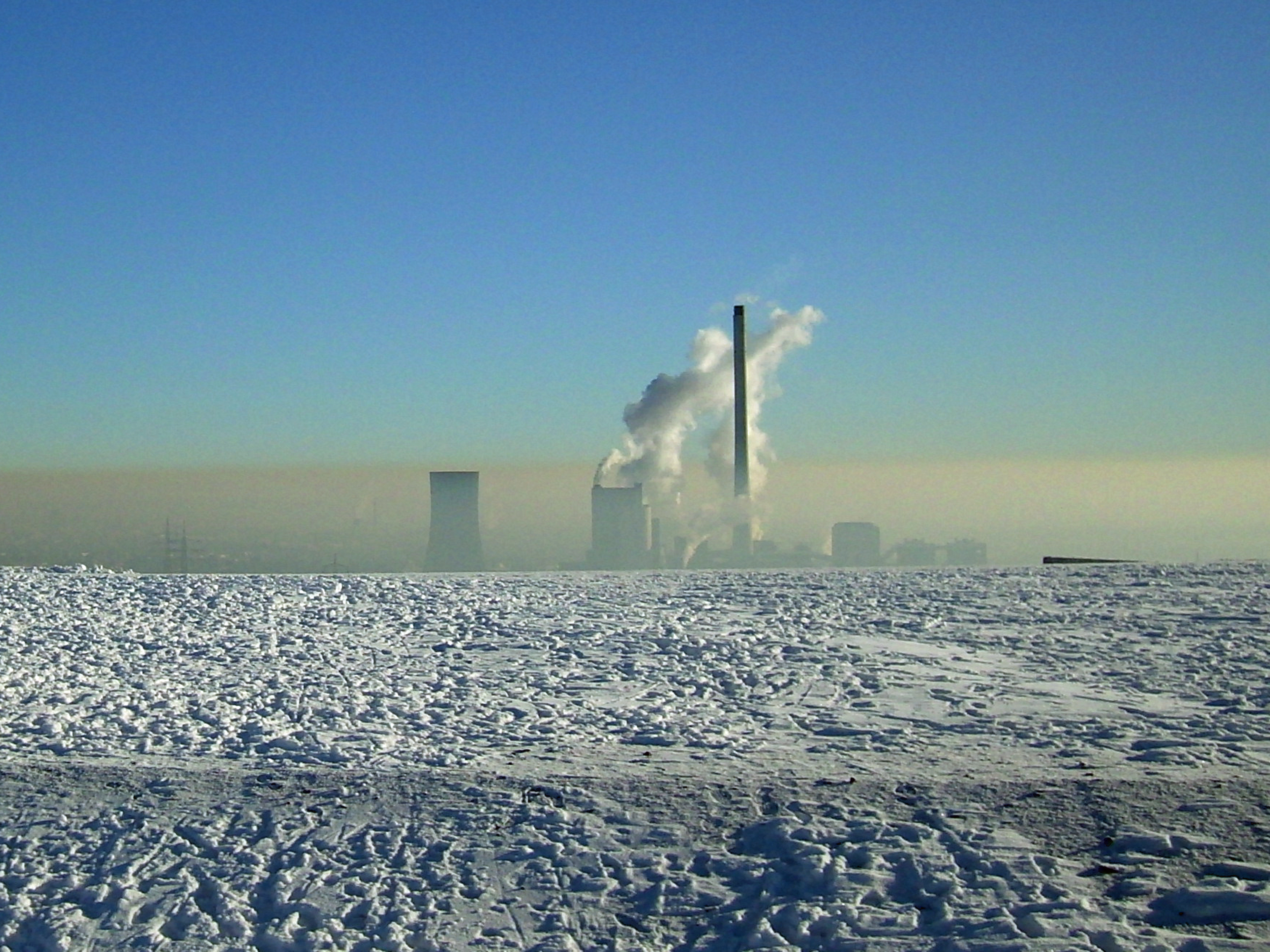Section III: Air Quality and Atmospheric Science Case Studies
As critical as water is for human survival, arguably the quality of the air we breathe is even more important for several reasons: (1) we breathe air constantly and, if our air is polluted, our exposure to pollutants may also be constant; (2) while some air pollutants like ammonia are immediately detectable if inhaled, others, like radon and carbon monoxide (CO) are not; and (3) if our drinking water is polluted, we might have an alternative, like bottled water, available. Bottled air isn't really an option.
Results of efforts to protect air quality have been mixed. In this text, there are six air quality and atmospheric science case studies presented, ranging from global to local issues. These case studies will allow you to work with real data to better understand environmental problems and how to solve them. In addition to taking an in-depth look at the science behind these air and atmospheric quality issues, we’ll work on some important skills that the practicing environmental scientist should possess.
Here we’ve listed some general web sites that will help you review the basics of atmospheric science and air quality. In addition to these general resources provided, each case study will include specific resources chosen to help you understand the material covered by that issue.

Background Materials:
For a general overview of the Earth’s atmosphere and how it works, visit the following sites:
http://eo.ucar.edu/basics/wx_1_b.html
http://www.eo.ucar.edu/basics/
(basic-atmospheric-properties.pdf) http://www.luc.edu/faculty/dslavsk/courses/phys478/classnotes/basic-atmospheric-properties.pdf
US EPA’s basic air quality web site, this contains information on specific air pollutants and issues like ozone depletion, climate change and indoor air quality:
https://www.epa.gov/learn-issues/learn-about-air
NOAA Air Quality Fact Sheet: http://www.arl.noaa.gov/documents/Summaries/AQSOSFactSheet2012.pdf
Chapter 3.3: Persistent Organic Pollutants (POPs)
Chapter 3.4: Particulate Matter Pollution (PM)
Chapter 3.5: Industrial Smokestack Pollution


